Discover Ephesus and Top Destinations in Western Turkey with an expert tour guide and a TripAdvisor Winner for 13 consecutive years.
Private Shore Excursions of Ephesus for Azamara Pursuit. Azamara Onward and Azamara Quest Passengers from Kusadasi Cruise Port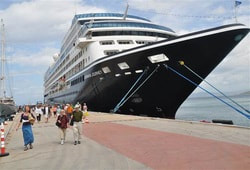 Azamara Journey at Kusadasi Port Azamara Journey at Kusadasi Port Azamara Quest was at the Port of Kusadasi today. We had two private shore excursions of Ephesus from Azamara Quest.The private shore excursion is leaded by Mr. Semih Tazegul and Mrs. Ezgi Pekoz We offer private shore excursion of Ephesus from Kusadasi Port for Azamara Cruise Passengers.
1 Comment
Excursiones privadas a Efeso con guías turísticos de habla hispana desde Kusadasi.Éfeso se encuentra en la costa oeste de lo que ahora es Turquía, a unos 80 kilómetros al sur de Izmir ya 18 kilómetros al norte de Kusadasi. Se tarda 25 minutos en coche desde el puerto de Kusadasi hasta la antigua ciudad de Éfeso. Éfeso hoy es el nombre de las antiguas ruinas. La ciudad moderna se llama Selcuk. Lo más destacado para visitar en Kusadasi son las ruinas de Éfeso. Éfeso atrae a muchos visitantes de todo el mundo. Éfeso, una de las 4 ciudades principales del mundo antiguo con una población de más de 200.000 personas. Seleccionada como la capital de la provincia de Asia del Imperio Romano por el sobrino de Julio Galio César conocido como Augusto, llamado Octavio. Sirvió como capital hasta que Constantino ordenó la expansión de otra ciudad ubicada a 400 millas al norte de Éfeso. Llamó a esta ciudad como Constantinopolis y seleccionó esta ciudad como la nueva capital. Éfeso hoy, considerada como una de las ciudades antiguas mejor conservadas del mundo. ¿Dónde alojarse en Kusadasi?
Частные туры в Эфес для пассажиров "Одиссеи морей"Кушадасы - очень популярный порт захода круизных судов Royal Caribbean. Несколько круизных лайнеров Royal Caribbean пришвартовываются в порту Кушадасы, например Odyssey of the Seas.
Мы гордимся тем, что нам сообщили о том, что мы предлагаем эксклюзивные индивидуальные туры для пассажиров круизных лайнеров Royal Caribbean из порта Кушадасы. Эфес расположен на западном побережье современной Турции, примерно в 80 км к югу от Измира и в 18 км к северу от Кушадасы. Поездка от порта Кушадасы до древнего города Эфес занимает 25 минут. Эфес сегодня носит название древних руин. Современный город называется Сельчук. Изюминкой, которую стоит посетить в Кушадасах, являются руины Эфеса. Эфес привлекает множество посетителей со всего мира. Эфес, один из 4 крупных городов древнего мира с населением более 200 000 человек. Избран в качестве столицы провинции Азия Римской империи племянником Юлия Галия Цезаря, известным как Август, по имени Октавий. Служил столицей, пока Константин не приказал расширить еще один город, расположенный в 400 милях к северу от Эфеса. Он назвал этот город Константинополем и выбрал его в качестве новой столицы. Эфес сегодня считается одним из наиболее хорошо сохранившихся древних городов мира. Для получения дополнительной информации и рекомендованных программ туров свяжитесь с нами. Частные туры в Эфес с русскими гидами из Кушадасов, Сельчука, Сириндже, Оздере.(Все туры находятся в ведении туры трансбалканского. Лицензия № A776)
Эфес был городом в древней Малой Азии, ныне Турции. Это был один из двенадцати Ионических городов, расположенных на Эгейском море. Сегодня его руины являются основной туристической остопримечательностью. Это всеобъемлющий сайт, который не был полностью раскопан, но вы можете видеть то, что дает некоторое представление о его первоначальном великолепии.
Эфес Travel Guide (Эфес Путеводитель) с гордостью предлагаем эксклюзивные индивидуальные экскурсии и туры в Ефес и многие другие интересные сайты в Турции. Мы предлагаем разнообразные экскурсии для крейсеров в Турция u туры для путешественников землю. Если вы хотите посетить другие сайты, которые не перечислены просто дайте нам знать и дать нам возможность предоставить Вам большой программы.
В зависимости от количества участников мы используем седанов, микроавтобусов, мини-автобусы и автобусы. Мы используем лучшие гиды. Все наши гиды имеют лицензию турецкого министерства культуры и туризма. Наши частные туры идеально подходят способ познакомиться с историческим значением Эфесе. Мы в Ефесе предлагаем экскурсии для туристов не только наилучшим береговые экскурсии, но и самый высокий обслуживания клиентов. Мы предлагаем индивидуальные туры в Эфес с различными роскоши и кондиционером транспортных средств.
Индивидуальные туры Эфес и дом Девы Марии. Эфес является одним из наиболее хорошо сохранившихся древних городов в мире. На протяжении всей своей истории, Эфес был одним из самых важных центров в мире. Тур также включает посещение Дома Девы Марии где Дева Мария провела последние дни своей жизни, и теперь местом паломничества для христиан по всему миру. Выезд из порта Кушадасы и Измир.
Мы предлагаем индивидуальные туры в Кушадасы и Измир порты в Эфес и дом Девы Марии. Все наши поездки во главе гиды. Mы предлагаем все, что нужно, чтобы сделать вашу поездку успешной. Как только вы бронируете с нами, вы будете иметь следующее: * Опытные лицензированные русские гиды. * Частные марки новых автомобилей * Профессиональные водители. * Обед в местном ресторане. * Не приходится нелегко услышать экскурсовода. * Наслаждайтесь комфортом имеющих частный гид и водитель. * Покупки, как местные жители.
Рекомендуемые программы тура:
Древний город Эфес, Храм Артемиды, Дом Девы Марии - 5 часов Встреча с гидом в Кушадасы / Измир порт, аэропорт или отель. См. храм Артемиды, одно из семи чудес древнего мира. После посещения Эфеса, первая греко-римский город древнего мира. См. Храм Адриана, храм Домициана, знаменитая библиотека Цельса, театр и другие римские сайтов. Мы также посетить дом Девы Марии, где она верила, что она провела свои последние годам. Папа Павел VI посетил этот район в 1967 году и подтвердил его подлинность. 29 ноября 2006 года Папа Бенедикт XVI провозгласил Дом Девы Марии в Эфесе, как священное место для всех христианıь. Экскурсия на целый день Эфес - 7 часов После встречи с гидом, ваша первая остановка находится храм Артемиды, одно из семи чудес древнего мира. Затем идет к горе, где Дева Мария провела девять лет. Дом находится примерно в 500 метрах над уровнем моря и работает как активный часовни. Католики верят, что Дева Мария прибыл в Ефес со Св. Иоанном после распятия. 1,5 млн. человек посещают сайт каждый год. Затем перейдите в Эфесе. Спуститесь с холма около 1,5 часов. См. библиотеку, мрамор улицах Эфеса, Порт-стрит. Перейти на обед. Насладитесь традиционной турецкой еды в местном ресторане. Во второй половине дня, чтобы посмотреть, как турецкие ковры ткут. Посмотрите, как девушки готовятся. Посмотрите, как веревки из шелка, извлеченные из коконов. Тогда посетите в 14 веке турецкая мечеть: Мечеть Иса бей. Христианская Эфесе - 7 часов Встреча с гидом в порт Кушадасы/Измир. Ваша первая остановка будет дом Девы Марии. Затем продолжить с посещением древнего Эфеса, одного из старейших и самых красивых и наиболее сохранившихся в мире. См. римские бани, библиотека Цельса, мраморные улицы и театра, вместимостью 25000 человек. После обеда, посещение базилики Св. Иоанна и увидеть храм Артемиды, одно из чудес древнего мира. По дороге в Кушадасы наслаждаться пейзажем. Эфес и селах - 7 часов Посетите храм Артемиды, одно из семи чудес древнего мира. Из расположения храма Артемиды также увидеть базилику Святого Иоанна и Иса бей мечети. Продолжайте в Ефес. Введите древний город Эфес из верхних ворот. Этот визит состоится 1.5-2 часа. Во время визита в старый город, чтобы увидеть Одеон, Агора, Домициан площадь, фонтан Траяна, храм Адриана,библиотекаЦельса , Большой театр Эфеса. В нижних ворот вы встретите c ваших водитель и продолжайте Иса бей мечети. Иса бей мечети начиная с 14 века. Это шедевр турецкой архитектуры. После вождения 10 минут, чтобы добраться до Шириндже , которая когда-то была греческой деревней. Сегодня в этом деревней жить идеальный турецкой и греческой традиции . Прогуляйтесь по улицам, магазинах города подарок. При необходимости пообедать в местном ресторане, прежде чем вернуться обратно в Кушадасы. Традиционный турецкий завтрак и Эфес - 6 часов После встречи с гидом, перейдите к традиционной турецкой деревни. Расслабьтесь и наслаждайтесь традиционным турецким завтраком в загородном доме. Наслаждайтесь органических гезлеме (фило теста со шпинатом и сыром фета), домашнее варенье, мед, органические масла, помидоры, яйца, турецкий чай ... Поговорите с местными жителями, узнать о турецкие традиции. После вождения в центре деревни, чтобы бродить по улицам деревни. См. традиционной жизни турецкого народа. Позже, идти в город Эфес, древний город. Посещение Эфеса археологический парк в течение 1,5 часов. См. Храм Домициана, агора, храм Адриана, фонтан Траяна, библиотека, Большой театр Эфес .... После Эфеса, доехать до храма Артемиды, одного из семи чудес древнего мира. Вернуться в Кушадасы.
Частные Эфес цены тура от порта Кушадасы (полный день 5-7 часов)
Частный микроавтобус с водителем и гидом на 4 человек: 190 евро Частный микроавтобус с водителем и гидом на 8 человек: 240 евро Частный микроавтобус с водителем и гидом на 14 человек: 260 евро Небольшой частный автобус с водителем и гидом на 25 человек: 300 евро Частный автобус с драйверами + руководство на 40 человек: 500 евро Частные Эфес стоимость тура из порта Измир Частный микроавтобус с водителем и гидом на 4 человек: 240 евро Частный микроавтобус с водителем и гидом на 8 человек: 260 евро Частный микроавтобус с водителем и гидом на 14 человек: 280 евро Небольшой частный автобус с водителем и гидом на 25 человек: 350 евро Частный автобус с драйверами + руководство на 40 человек: 550 евро
Написать а отзыв о вашем Эфес тур :
Не хотите ли Вы оставить отзыв о нас на TripAdvisor?
Наши гости часто говорят, что перед путешествием бывает очень полезно почитать отзывы других людей. Нам всегда интересно знать, что Вам понравилось и что мы могли бы улучшить. Еще раз спасибо Вам. Надеемся вскоре увидеть Вас снова.
History of Priene - Private Priene ToursPriene is located 40 minutes drive from Kusadasi. An ancient Ionian city founded on the slopes of Mount Mycale (Samsun Dag). Samsun name is derived from the word "Sampson" which Preiene used to be called in the middle ages. The ancient harbor city of Priene probably changed its location when the silt of the Meander River threatened to bury it. Now it is nearly 10 miles from the sea. The original place of the city has never been found but it was probably a peninsula with two harbors. Priene was a small settlement with about 4 or 5 thousand inhabitants and never of great political significance it shared the same history as the other Ionian cities. Priene was laid out on a Hippodamian system of grid plan at the foot of a spectacular cliff on Mount Mycale and contained many famous examples of Hellenistic art and architecture. All the streets intersect at right angles forming insulas (blocks). The city consists of 80 equal insulas. The distance between the insulas are same. Insula sizes were 120 feet by 160 feet. Each block had 4 or 8 houses (30 feet x 80 feet = 2400 feet2) with highly developed drainage system. The houses in Priene are very similar to Pompeii houses (Pompeii was under the flames of Vezuvius in 79AD). Like buildings in warm climates houses had very high ceiling between 15-20 feet. They do not have any windows. Door rooms opening the courtyard helped for lighting. During the Roman period, houses had many changes. Some were combined. It is believed that the founder of the city is Aegyptus, son of Belus, grandson of Kodros. The followers of Aegyptus were the inhabitants of an abandoned Ionian city of the same name in 350BC. The first foundation of the city goes back to 9th century BC. The reasons of the migration most probably silting of the port and maleria caused because of swamp fields. City was ruled by the Lydian empire till 545BC. In 545BC Persians took the control of the city. In 499BC Priene was in Attika-Delos Alliance against the Persians. It joined in the Battle of Lade with 12 ships in 494 BC against Persians. Alexander the Great assigned the city to watch the unreliable city of Miletus. He also lived in the city and paid for the construction of the Athena Temple. The house which is believed to be inhabited by Alexander the Great is House No. 22. After A staue of the Alexander is found here which is displayed in Berlin today. After Alexander left Priene, house was used as a sacred place for worship. After flourishing during the Hellenistic and passing through the Pergamene Kingdom periods the city declined under Roman rule. Excavation began at the site in the early years of the 20C and the city has been partially restored. Acroplis is 230m over sea level. There are 3 main entrances to the city. The city is organized in four districts, the religious (Athena Temple), the political (bouleterion and prythaneion), the cultural (Theater) and the commercial (agora). In addition to the Athena Temple, the people of Priene built shrines dedicated to Zeus, Demeter and Egyptian gods. The Theater is a 4 or 3C BC building and one of the finest extant theaters of the Hellenistic world. Although it was rebuilt in the Roman period it still remains as typically Hellenistic as the city of Priene itself. The theater was carved into the hillside and held a capacity of 6,500 people. Five marble seats with arms were provided for priests and dignitaries. These seats were built in 2nd c. BC. Each has writing saying " These honour seats were dedicated to Dionysus by Nisios, the son of Diphilos the Agonothes". Agonothes were in charge of theatrical plays, musical performaces, races, competitions and feasts dedicated to Dionysos. The artists were considered as under the protection of Dionysos because of this they were considered such as a religious group or sect. They had tax and security prividledges. In the middle of the prohedria there was an altar which was sacred to Dionysus. Performances used to start with sacrificial rites. The proskene is well-preserved and consists of a colonnade supported with 12 Doric half-columns. The skene had an upper floor which no longer stands. Plays during Hellenistic period were held at the orchestra. During Roman peiod one storey was added to the skene. Plays were held at the 2 second floor of the skene. Political speeches were also made here, each speech was limited by the help of a water clock. Archeolgits still have doubts how the water clock was working. The Bouleterion is the most intact in Anatolia today. It was used for meetings of the town council. The bouleterion consisted of seats on three sides with a capacity of 640 people, and was covered with a wide wooden roof. The sacrificial altar was placed in the middle of the arc of seats. The Prytaneion is located to the east of the bouleterion. It was the seat of the elected city administration and housed official receptions. Rooms were set around the courtyard. The shrine of Hestia was in an inner chamber where the eternal sacred flame was burned. The Temple of Athena Polias was rebuilt in 334 BC as a gift from Alexander the Great and was a standard Ionic structure with eleven columns along its sides, six at the ends (peripteros) and two in antis. Alexander`s name was encarved on the front side of the pro-naos walls. Today this encarving is located in British Museum. Athena Polias was the goddess of Priene and protectress of the city. The proportions of this temple were taken as a classical model. The architect of the Athena Temple was Pytheos who also built the Mausoleum at Halicarnassus, one of the Seven Wonders of the ancient world. In side the temple in the cella, over the cult was Athena`s statue which was the copy of the Athena Porthenos statue of Parthenon in Athens. The statue was made of marble and ivory gold and brass plated. Agora, did not only serve for trade but also feasts and political discussions. Statues of the the important people were erected in the agora. Sacred gallery was donated by the Royal family. The rents from the shops in the sacred gallery were used for the construction of Athena temple. Macellium (Meat & fish market) was located on the west side of the agora having two stone tables. Port of the city (Naulokhos) was located 3 miles away from the city. The city had 2 gymnasions named as Upper and Lower. Both had bath complexes. On some stones names of the ephebos (young male students) can still be seen. Most of important person who was born in Priene is Bias who lived in the city in 6th c. BC and considered among the 7 most genius of the ancient world. After he died, the city constructed a temple dedicated to him as Biantion. Same is practiced for Alexander. Alexander the great is believed to stay in the city of Priene in 334BC. It is not known how long Alexander the Great stayed here. The house he lived later on named as Alexeraion. Archaeologists also discovered a synagogue from 4th century AD. Menorah of the syanaggue can still be seen today on one of the remaining columns. Panionion was in the territory of Priene. It was the religious alliance of 12 Ionian cities but not a political one. The temple was dedicated to Poseidon. This was the reason that Ioanian cities never got united. President of Panionion was always from Priene. Panionion : is the place where 12 allied Ionian cities gather their meetings. In the locality there is a Poseidon Temple which started being used in 8th c. BC. Ionian cities were gathering in Pananion to discuss political and reliogous subjects. There were also festivals made here, during the festivals there were competions and games were organized. The territory was ruled by Priene. Always Priene leaded the alliance. One can notice an odeon and a small theater as well as the Poseidon Temple. We offer custom private tours to Ancient City of Priene. These private tours can be combined with Miletus, Didyma and/or Doganbey Village. For more information please contact us. Pictures from the Ancient city of Priene. |
Ephesus Travel Guideby TransBalkan Tours is a fully licenced tour operator since 1963 and a member of TURSAB. Ephesus Tour from Kusadasi Port
Ephesus Tour from Izmir Ephesus Tour from Selcuk Ephesus Tour Guide Kusadasi Airport Transfer Kusadasi Pamukkale Tour Ephesus Biblical Tour Istanbul Ephesus Tour Ephesus Guided Tour Ephesus Shore Excursions Efes Tur Rehberi Ephesus Walking Tour 7 Churches Tour Turkey Categories
All
Archives
July 2024
|

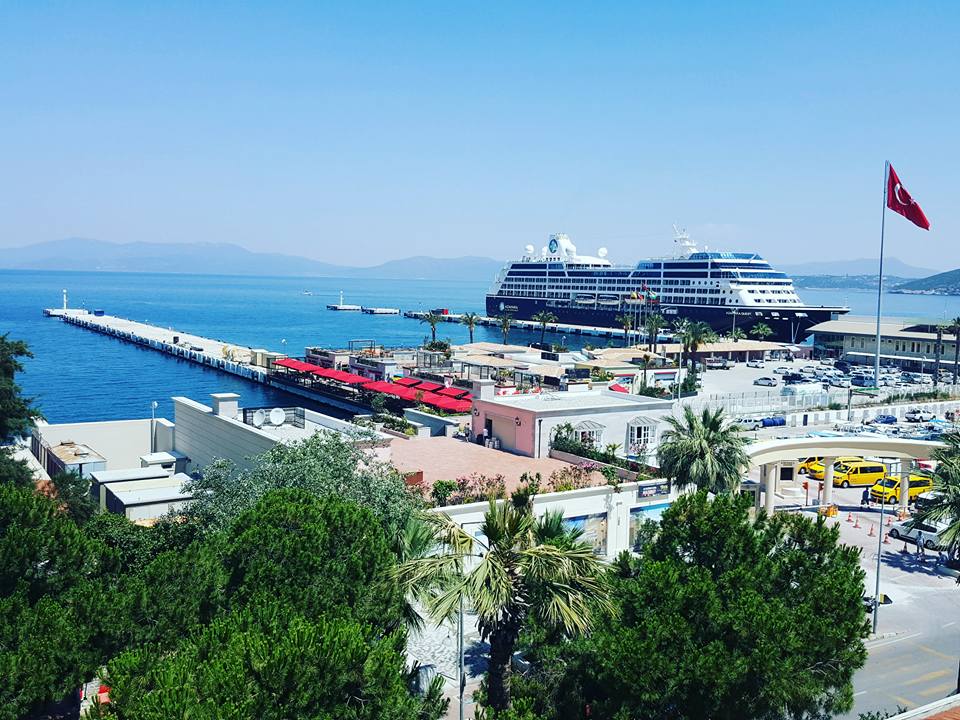

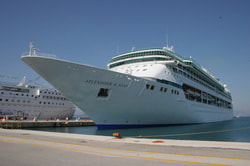
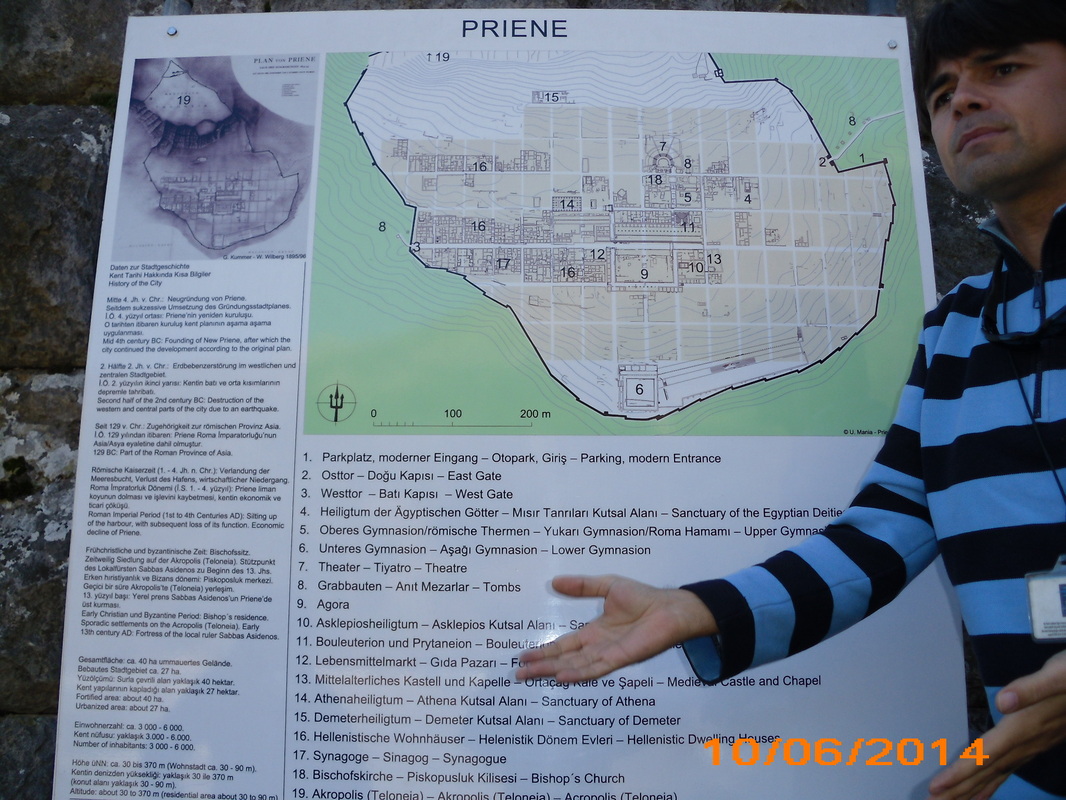
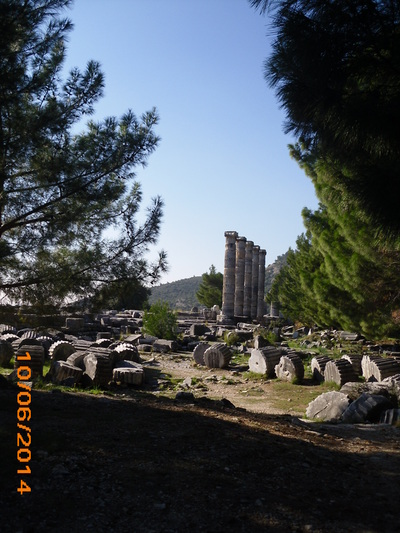
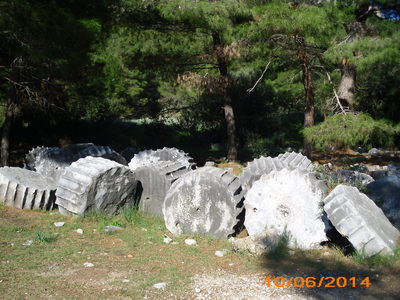
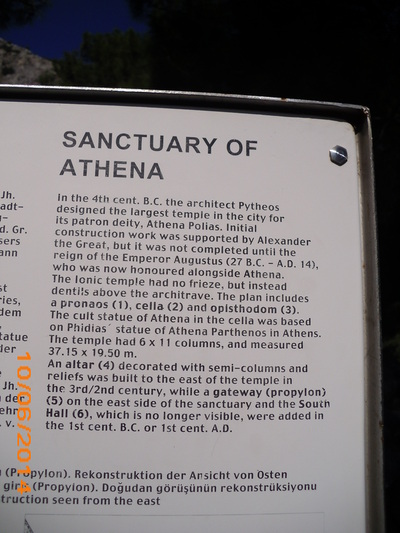

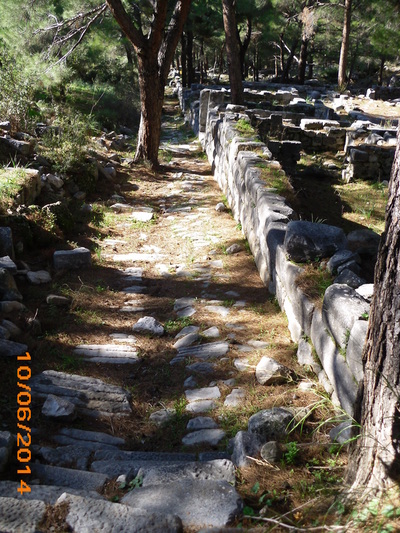
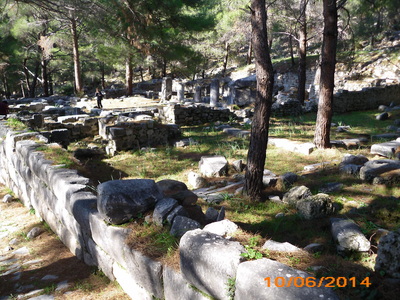
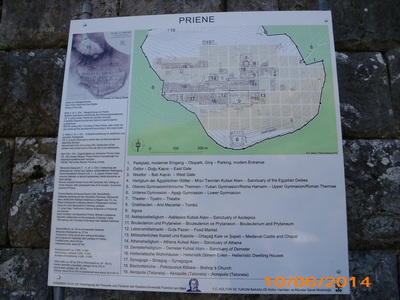
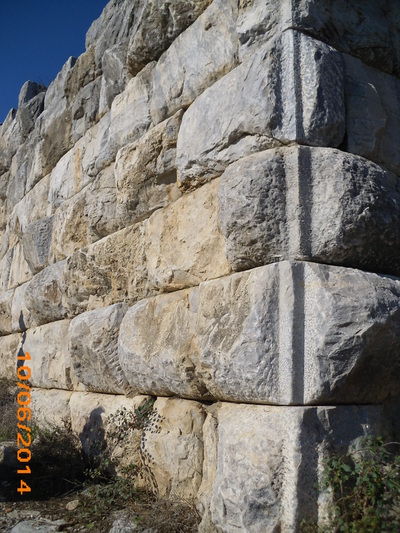
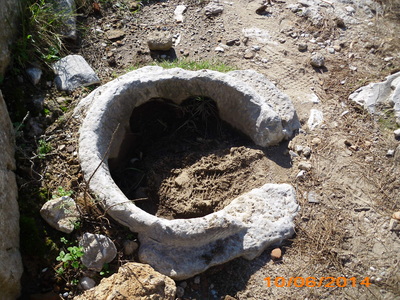
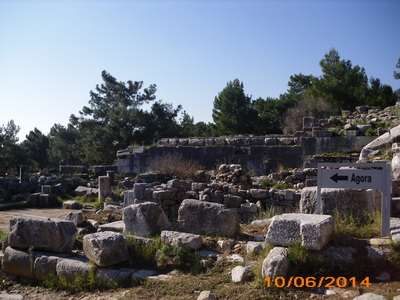
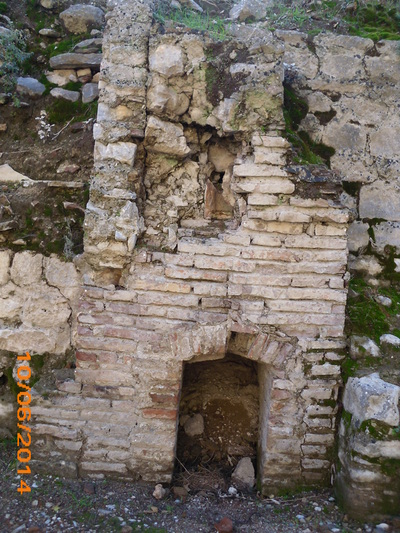
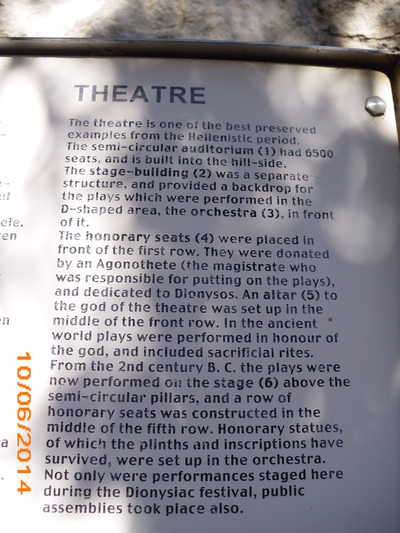
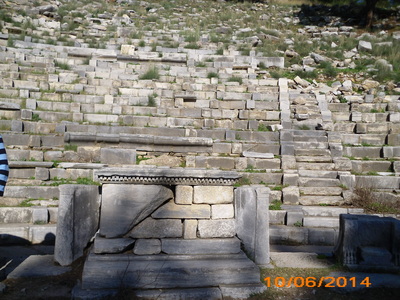
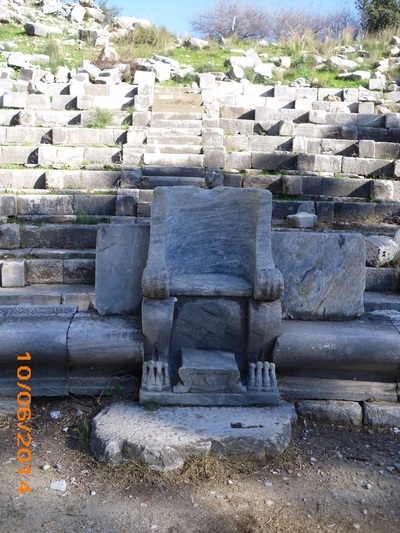
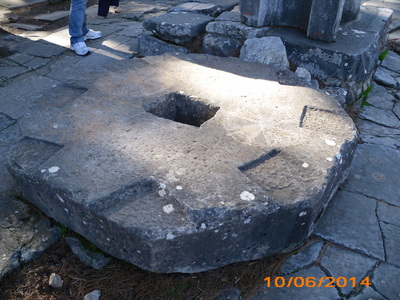

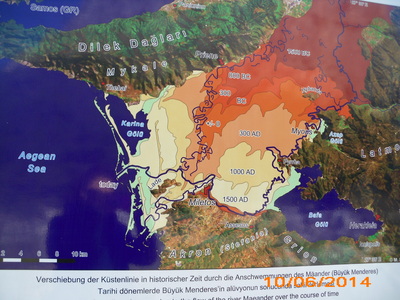
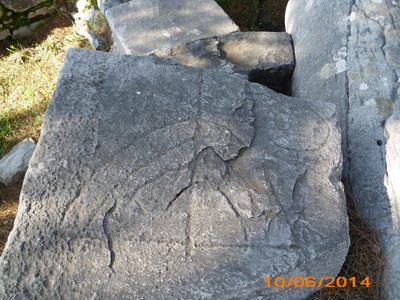
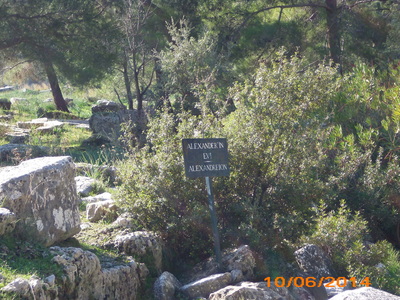
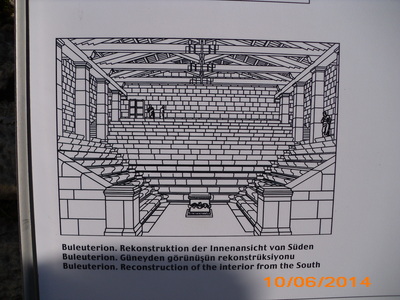
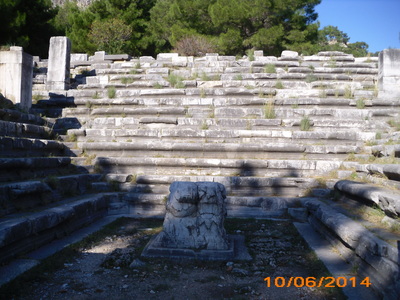







 RSS Feed
RSS Feed
